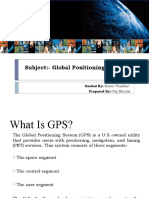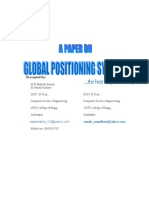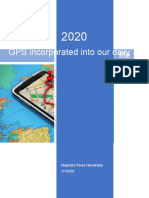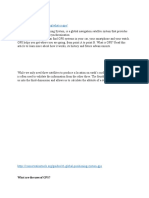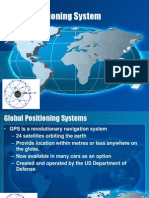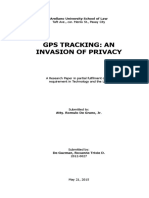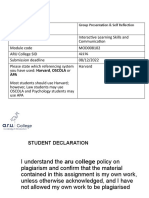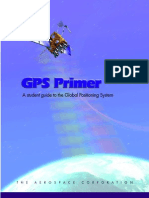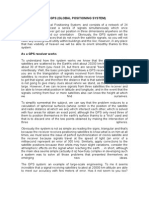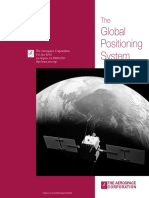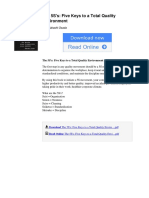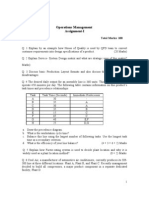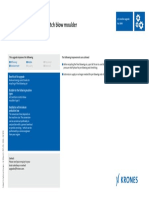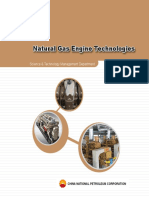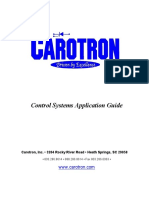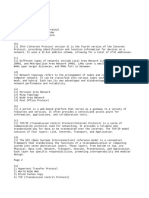0% found this document useful (0 votes)
78 views21 pagesGPS: Revolutionizing Navigation
The document discusses the Global Positioning System (GPS) and provides details about how it works and its applications. GPS uses a constellation of satellites as reference points to calculate accurate positions anywhere on Earth. It allows for location, navigation, tracking, mapping, and precise timing capabilities. GPS has revolutionized navigation and has many uses across various industries like shipping, aviation, emergency services, and more.
Uploaded by
Yoosha Abul Hassan GokalCopyright
© Attribution Non-Commercial (BY-NC)
We take content rights seriously. If you suspect this is your content, claim it here.
Available Formats
Download as PPT, PDF, TXT or read online on Scribd
0% found this document useful (0 votes)
78 views21 pagesGPS: Revolutionizing Navigation
The document discusses the Global Positioning System (GPS) and provides details about how it works and its applications. GPS uses a constellation of satellites as reference points to calculate accurate positions anywhere on Earth. It allows for location, navigation, tracking, mapping, and precise timing capabilities. GPS has revolutionized navigation and has many uses across various industries like shipping, aviation, emergency services, and more.
Uploaded by
Yoosha Abul Hassan GokalCopyright
© Attribution Non-Commercial (BY-NC)
We take content rights seriously. If you suspect this is your content, claim it here.
Available Formats
Download as PPT, PDF, TXT or read online on Scribd
/ 21

